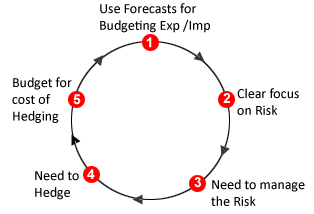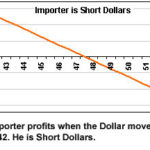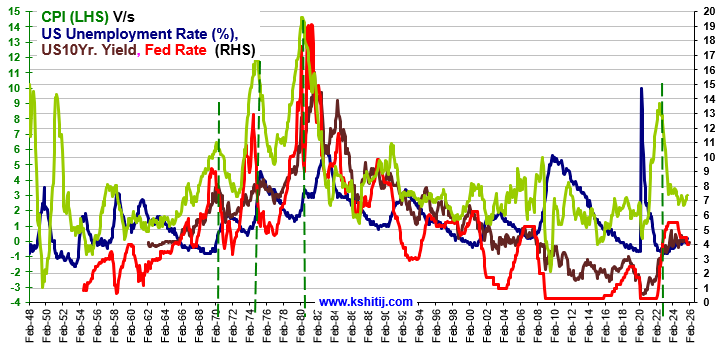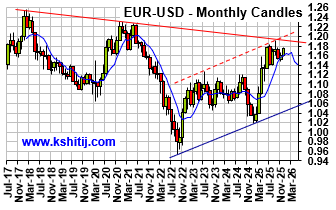FORECASTS: LOVE THEM? HATE THEM? USE THEM.
Oct, 26, 2012 By Vikram Murarka 0 comments


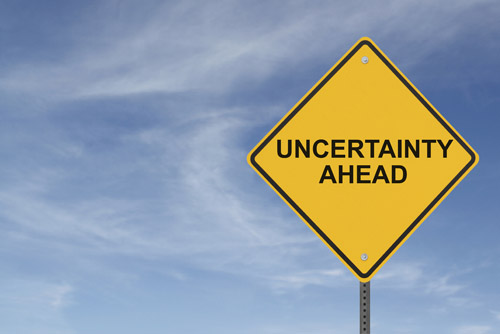 Forecasts and Accountability
Forecasts and Accountability
Everybody loves a forecast and wants to know where Dollar-Rupee is headed. This is natural because forex is the business of every importer/ exporter. Even the RBI conducts a Professional Forecasters' Survey every quarter in which it seeks the views of professional forecasters on various aspects of the economy, including the Rupee.
Yet, people tend to have very low respect for forecasters. This is not so much because their forecasts tend to go wrong. What people do not like is the lack of sense of accountability displayed by many forecasters, whether in banks, in companies, or outside. Even Shri G Padmanabhan, Executive Director, RBI lamented this fact at his recent "Goa to Goa" speech on 23rd August. He said, "If we accept that market makers/ analysts who often are in a position to influence the market sentiment tend to be either euphoric or despondent (at crucial market turning points), what is the accountability if their forecasts turn out to be widely wrong...?" The words in the brackets are ours
The Forecaster has a Responsibility
Forecasters need not be defensive on hearing the above statement. Accountability does not mean the forecaster has to make good the losses suffered by a client on account of an incorrect forecast. However, forecasters should bring in accountability by (a) admitting to mistakes and correcting subsequent forecasts and (b) publishing a track record of the reliability of their forecasts based upon the directional and numerical accuracy of the forecast when compared with the actual market rates that occur afterwards; and pre-informing a prospective client of it. We invite you, Dear Reader, to take a look at our track record by clicking on http://www.72pct.com Further, suggesting proper ways to use a forecast is another way of discharging responsibility towards a client. We'll take that up just a little later.Seek Reliability, not Accuracy
Before that, the client too has to acknowledge that forecasting is not a science. It is an art, a skill, practiced in the most uncertain conditions. As such, the client needs to look for broad reliability, rather than expect pin-point accuracy. Also, profits or losses come from the market itself, and would accrue to the exporter/ importer whether or not he uses a forecast. The job of a skilled forecaster is not to guarantee, but to help increase the chances of a profit and decrease the chances of a loss. So, wanting compensation for a wrong forecast is incorrect. Of course, an unskilled forecaster might increase the chances of a loss. Therefore a client would do well to seek out the services of a reliable forecaster.Three types of forecasts
Further, it is important to know that besides moving up or down the market also moves sideways. Most people tend to ignore the last possibility even though it generally has a large probability. Also, sometimes the outlook is clear and sometimes it simply is not. Such a situation usually arises after the market has been ranged for a long time, and usually means that a big trend movement is going to take place once some news emerges that can break the uneasy equilibrium that exists at the time. The forecaster should spell out the conditions as clearly as he can. And, the client should see what best he can do in the circumstances.How to Use a Forecast
The question before an exporter/ importer is not whether he should hedge or not. He should. The questions are how much to hedge and how to hedge. How much to hedge? The client should not hedge everything based on any one single forecast. This is because (a) any one single forecast of even a reliable forecaster has no more than a 50% chance of being correct and (b) prudent risk management says that one should never hedge 0%, nor 100% and certainly not at one go. Small amounts should be hedged over a period of time, slowly building up to a full hedge. How to hedge? The forecast should be used to choose the hedging instrument. If the forecast is that the Dollar will move up, the Importer can buy a Forward and the Exporter should buy a protective Put. On the flip side, if the Dollar is expected to fall, the Exporter should sell Forward and the Importer should buy a protective Call. And when the market has been ranged sideways for a long time, both should buy protective out of the money Calls and Puts. The important point here is that when the Exporter and Importer buy a Put or a Call respectively, they protect themselves against the danger of a forecast going wrong while allowing themselves the opportunity of benefiting if the forecast is right. People would do well to sanction a hedging cost budget, in order to be able to buy Options. Remember, sanctioning a hedging cost budget is the first step to hedging success. While forecasters should definitely act with responsibility, clients too can use forecasts better. Here's to more effective risk management!Array
Since our last report (29-Oct-25, UST10Yr 3.985%) the US Fed has indeed reduced the Fed Rate by 25bp to 4.0%. Some economic data has started to …. Read More
Earlier in 2020, the Silver/Brent ratio rallied on sharp decline in Brent whereas it has rallied much higher in 2025 due to surge in precious metals. Will the ratio continue to rise in 2026? Or will it decline back sharply? … Read More
EURUSD has risen on Dollar weakness following the Fed’s 25 bp rate cut. With the Fed signaling one more cut in 2026 before a pause, the pair may remain stable at …. Read More
In our 09-Nov-25 report (10Yr GOI 6.51%) we again expected Inflation to rise sharply, but instead the CPI has again surprised by falling to 0.25% in Oct-25. The Q2 GDP has come in strong at … Read More
In our 11-Nov-25 report (USDJPY 154.10), we expected the USDJPY to initially decline towards 150 before eventually rising towards 158-160 in the long run. However, the pair limited … Read More
Our November ’25 Dollar Rupee Monthly Forecast is now available. To order a PAID copy, please click here and take a trial of our service.
- Kshitij Consultancy Services
- Email: info@kshitij.com
- Ph: 00-91-33-24892010
- Mobile: +91 9073942877



